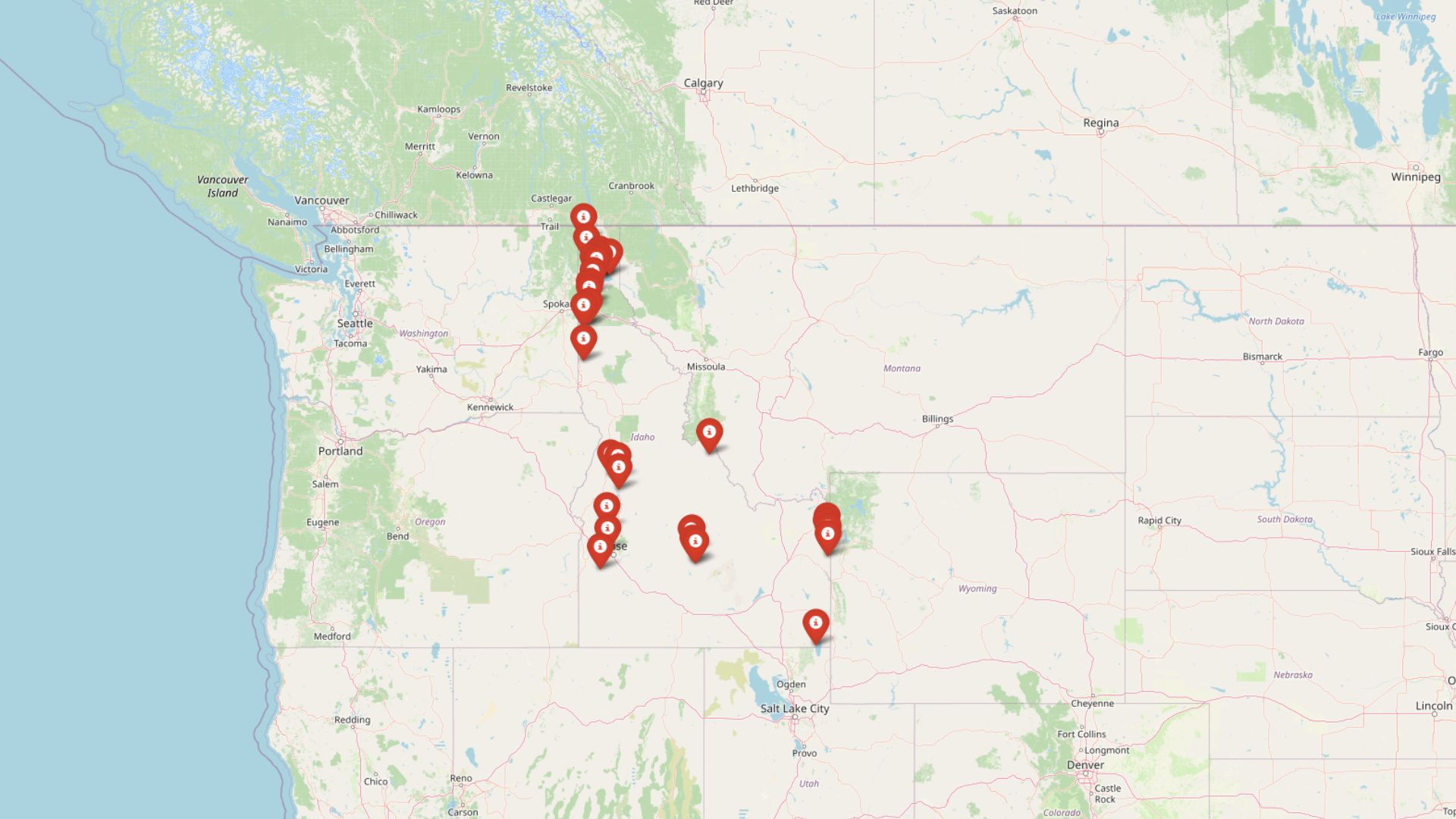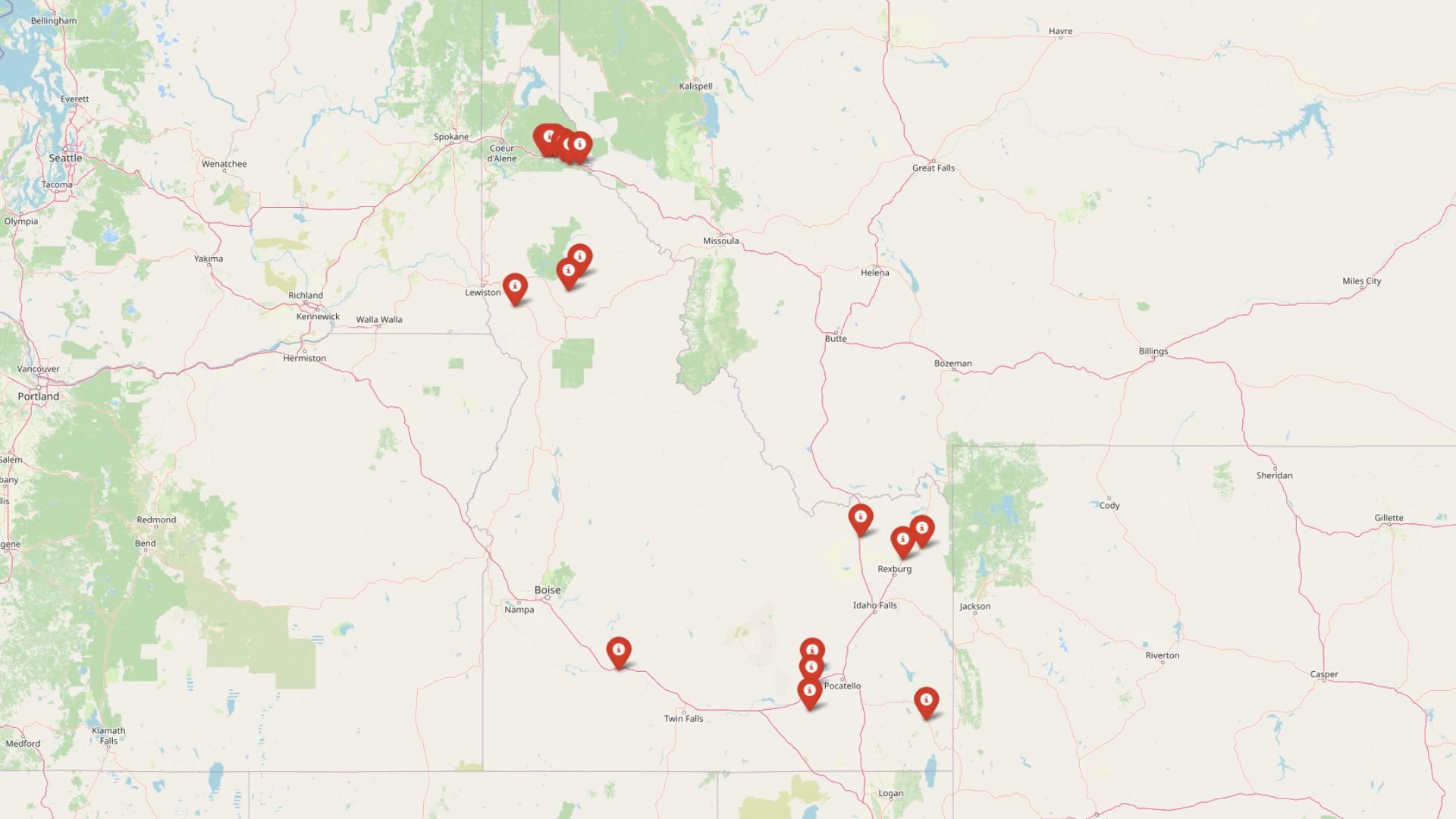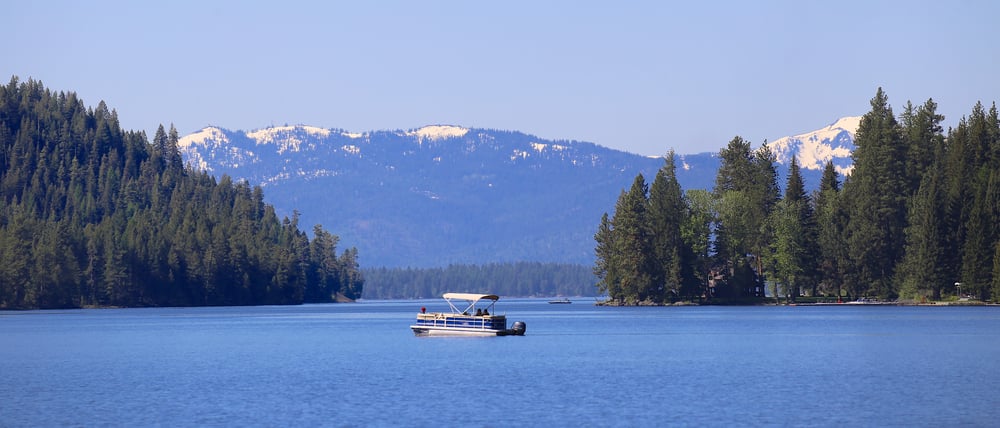
Idaho may be famous for its pristine wilderness, potato farms, and friendly small-town atmosphere, but not every community in the Gem State lives up to this peaceful reputation. While Idaho ranks among the safest states in America overall, certain small towns face crime challenges that put residents at higher risk than the state average. From former mining communities to agricultural hubs struggling with economic pressures, these places deal with violence, theft, and other criminal activity at rates that stand out in a typically safe state.
This ranking identifies the 25 most dangerous small towns in Idaho based on 2023 FBI crime data, specifically focusing on violent crime rates per 100,000 residents. When we say “dangerous,” we mean communities where residents face higher statistical chances of experiencing violent crimes like assault, robbery, rape, or murder. Each town on this list has its own story, challenges, and circumstances that contribute to elevated crime levels, but all share the reality that safety concerns affect daily life for the people who call these places home.
25. Buhl
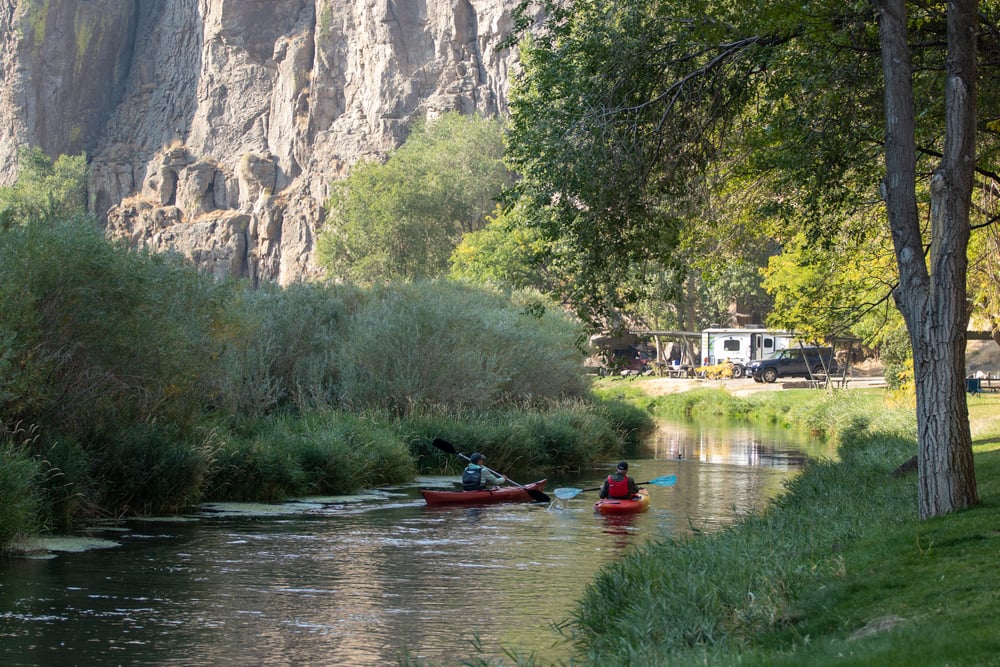
Population: 4,718
Crime Rate: Violent – 148 per 100,000; Property – 827 per 100,000
Buhl sits in south-central Idaho’s Magic Valley, where agriculture drives the local economy. The town posts the lowest violent crime rate on this list, though property crimes like theft and burglary occur more frequently. Economic challenges in rural farming communities often contribute to both types of criminal activity.
24. Salmon
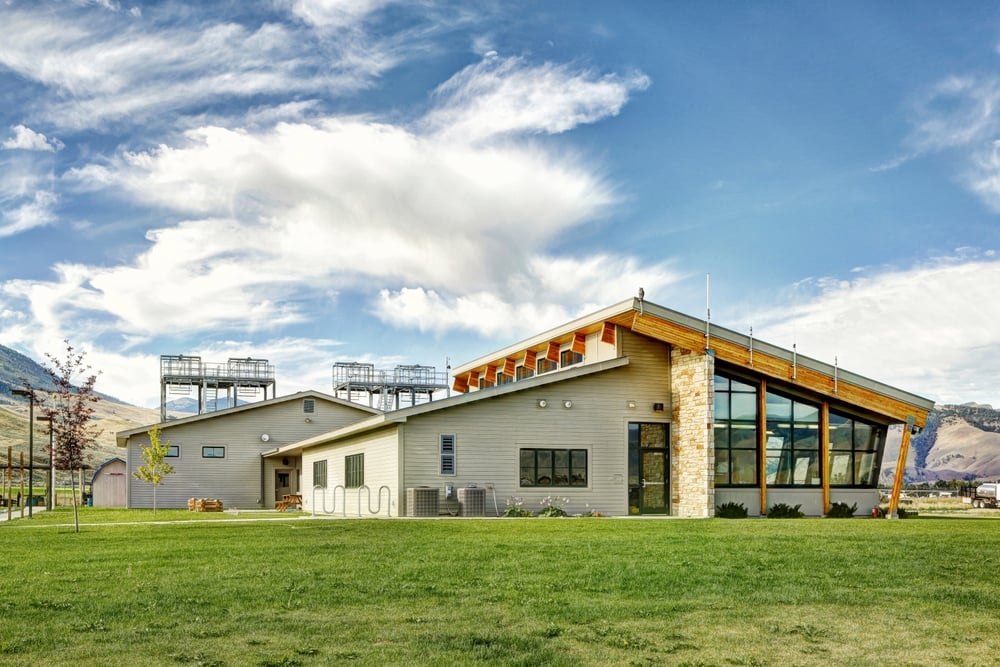
Population: 3,269
Crime Rate: Violent – 153 per 100,000; Property – 367 per 100,000
Located in central Idaho near the Montana border, Salmon serves as a gateway to wilderness areas and relies heavily on tourism and logging. The town’s violent crime rate slightly exceeds the state average, while property crime remains relatively low. Remote location and seasonal economic fluctuations impact community stability.
23. Weiser
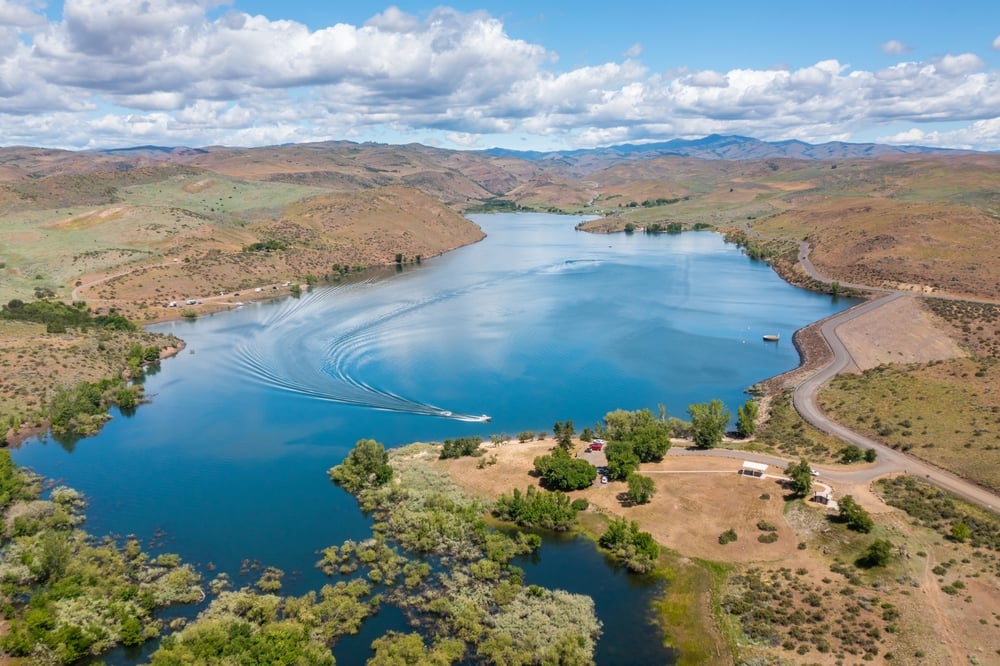
Population: 6,041
Crime Rate: Violent – 166 per 100,000; Property – 182 per 100,000
This small city near the Oregon border hosts the famous National Oldtime Fiddlers’ Contest each summer. Weiser experiences moderate levels of violent crime but maintains one of the lowest property crime rates among ranked communities. The town’s aging population and limited economic opportunities contribute to ongoing challenges.
22. American Falls
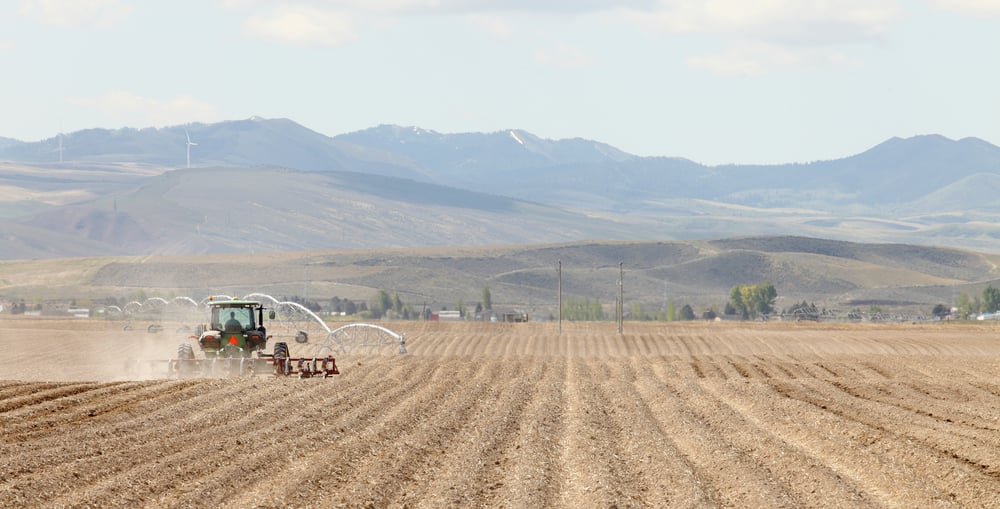
Population: 4,710
Crime Rate: Violent – 191 per 100,000; Property – 531 per 100,000
Named after the nearby falls on the Snake River, American Falls operates as a regional agricultural center in southeastern Idaho. The community faces moderate violent and property crime rates, with theft and assault representing the most common offenses. Economic pressures from fluctuating agricultural markets affect local stability.
21. Bellevue

Population: 2,615
Crime Rate: Violent – 191 per 100,000; Property – 574 per 100,000
Situated in the Wood River Valley near Sun Valley, Bellevue experiences crime rates that reflect economic disparities common in resort areas. The town serves as a more affordable alternative to neighboring Sun Valley, but income inequality and transient populations contribute to elevated crime statistics.
20. Wendell
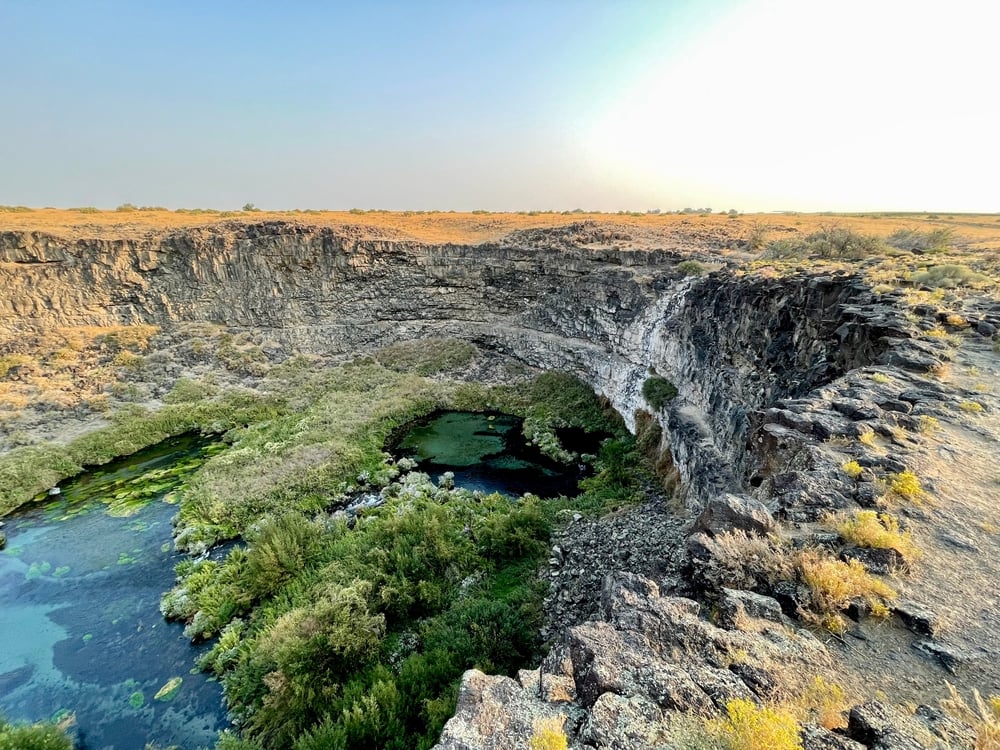
Population: 2,953
Crime Rate: Violent – 203 per 100,000; Property – 305 per 100,000
This small agricultural community in south-central Idaho relies on farming and food processing for employment. Wendell’s violent crime rate exceeds state averages, though property crime remains relatively controlled. Limited economic opportunities and social challenges contribute to occasional violent incidents.
19. Middleton
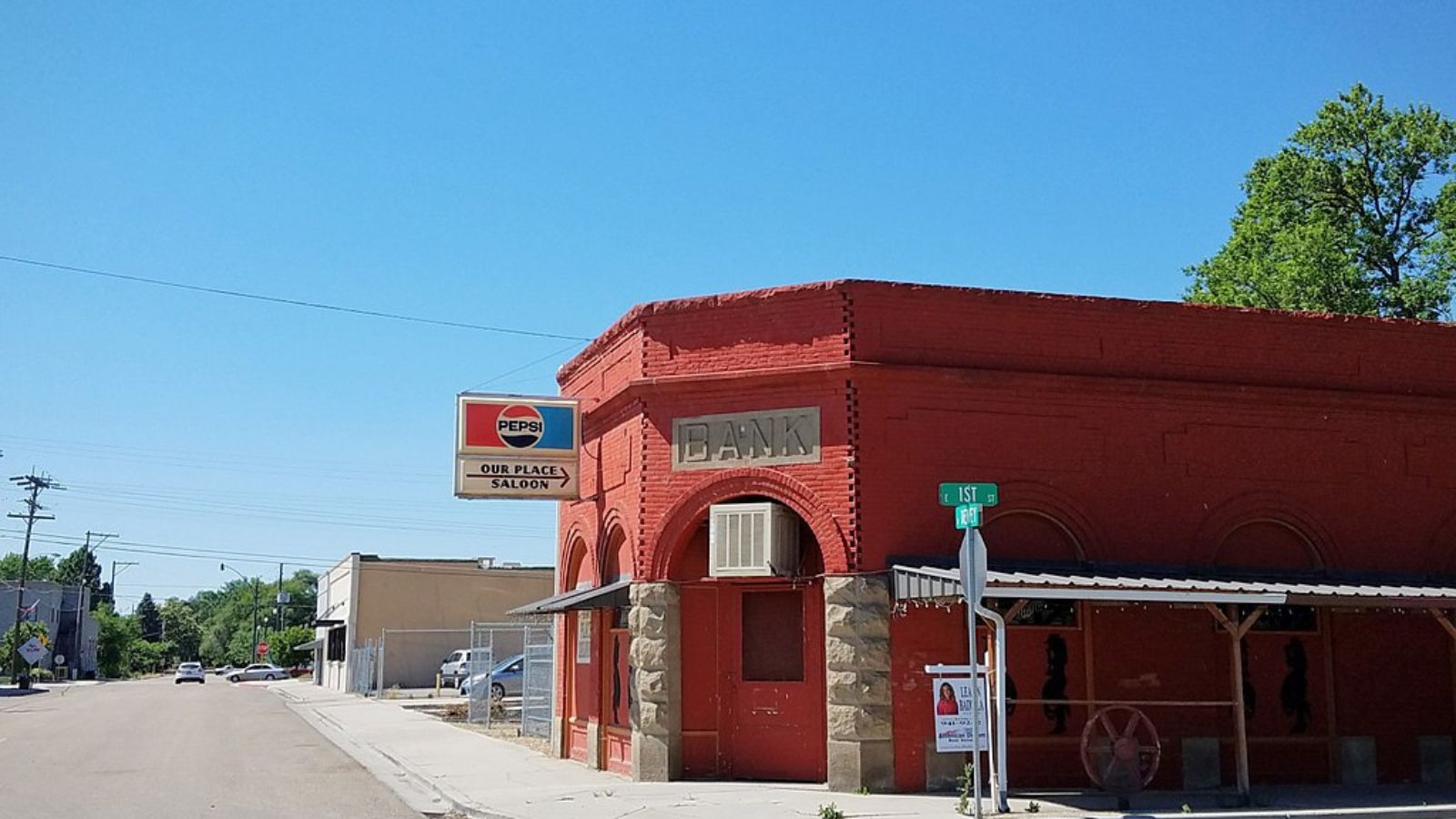
Population: 11,244
Crime Rate: Violent – 205 per 100,000; Property – 640 per 100,000
Located in Canyon County west of Boise, Middleton has experienced rapid growth in recent decades. The expanding population and proximity to urban areas contribute to crime rates that exceed typical small-town levels. Property crimes, particularly theft and burglary, represent the most frequent criminal activity.
18. Gooding
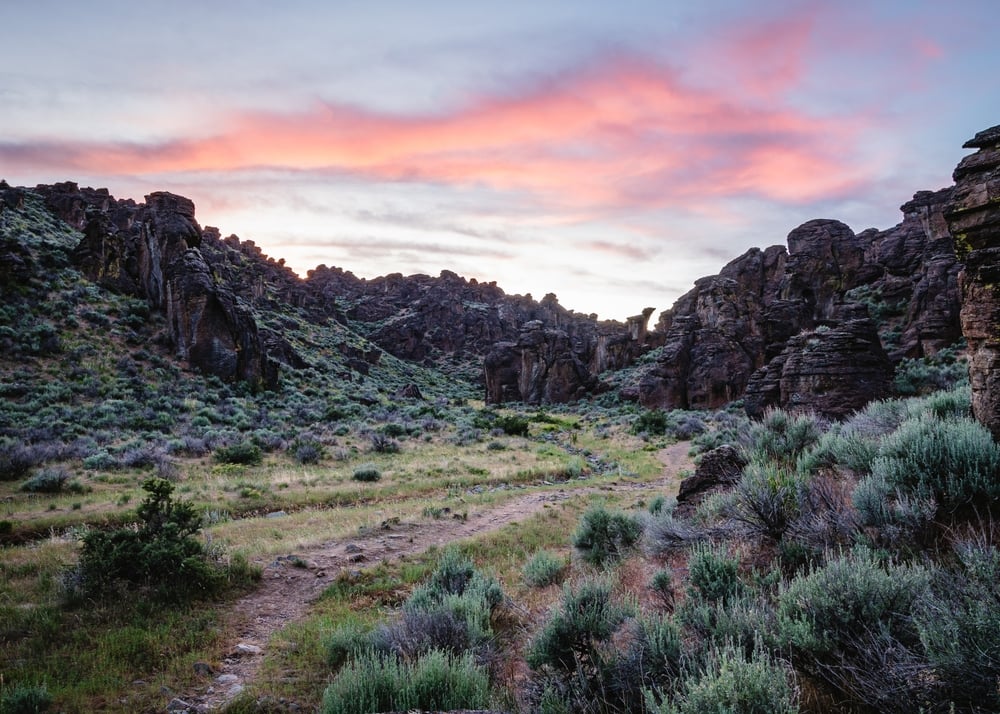
Population: 3,726
Crime Rate: Violent – 215 per 100,000; Property – 778 per 100,000
Gooding serves as the county seat for Gooding County in south-central Idaho’s agricultural heartland. The town faces both violent and property crime challenges, with theft and assault occurring at rates above state averages. Economic limitations and substance abuse issues contribute to ongoing criminal activity.
17. Heyburn
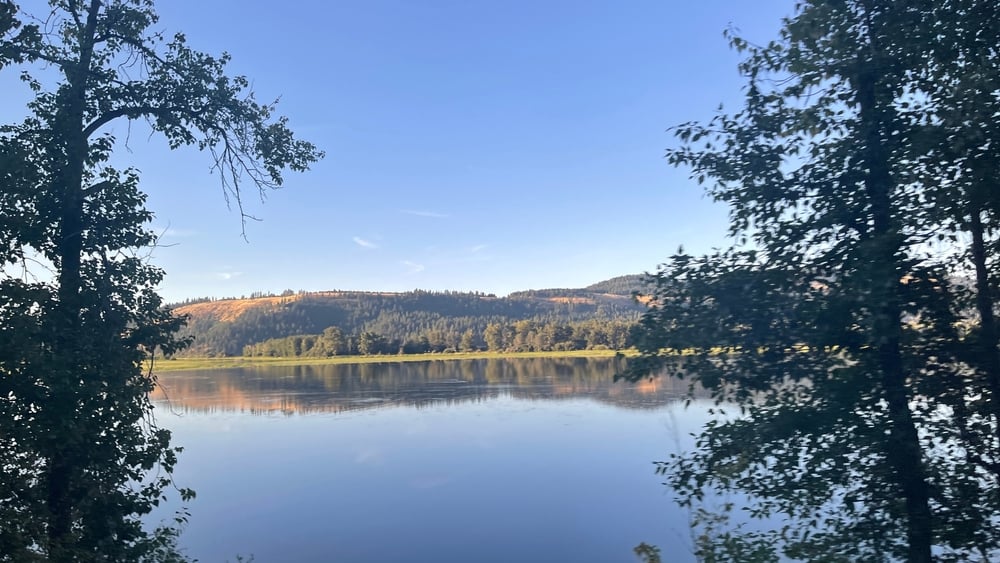
Population: 3,609
Crime Rate: Violent – 222 per 100,000; Property – 914 per 100,000
Heyburn sits in Minidoka County along the Snake River, where agriculture dominates the economy. The community experiences elevated rates of both violent and property crime, with burglary and theft particularly problematic. Economic stress and limited social services affect community stability.
16. Jerome
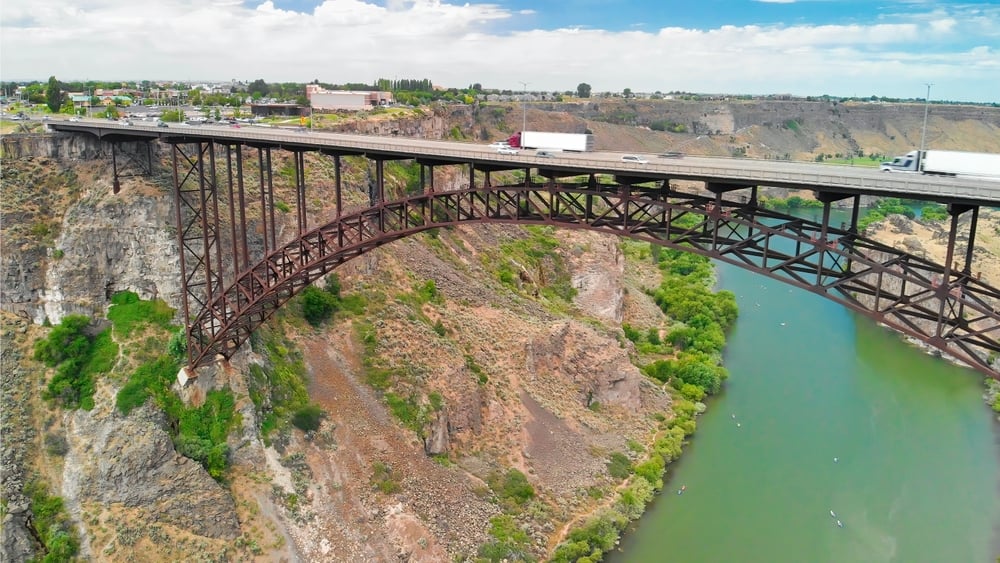
Population: 13,382
Crime Rate: Violent – 224 per 100,000; Property – 680 per 100,000
Jerome operates as a regional commercial center in south-central Idaho’s Magic Valley. The town’s crime rates reflect challenges common to larger small cities, including drug-related offenses and property crimes. Its location along major transportation routes contributes to transient criminal activity.
15. McCall

Population: 4,119
Crime Rate: Violent – 267 per 100,000; Property – 1,117 per 100,000
This popular resort town on Payette Lake attracts thousands of visitors annually for outdoor recreation. McCall’s crime statistics reflect typical resort community challenges, including seasonal population fluctuations and alcohol-related incidents. Property crime rates are particularly high, driven by theft targeting tourists and vacation properties.
14. Mountain Home
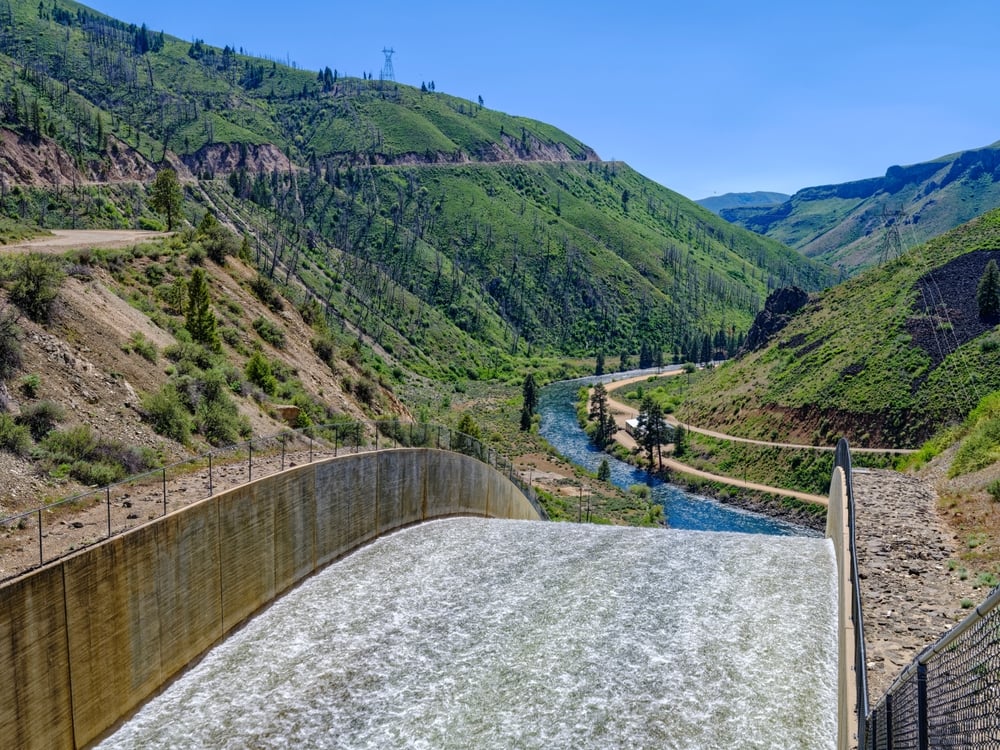
Population: 16,689
Crime Rate: Violent – 270 per 100,000; Property – 569 per 100,000
Home to Mountain Home Air Force Base, this community experiences crime patterns influenced by its military population. Domestic disputes and assault cases contribute to elevated violent crime rates, while property crime remains relatively moderate. The transient nature of military families affects community cohesion.
13. Coeur d’Alene

Population: 57,652
Crime Rate: Violent – 298 per 100,000; Property – 1,056 per 100,000
Idaho’s largest city on this list, Coeur d’Alene combines tourism, commerce, and residential growth along Lake Coeur d’Alene. The city faces urban-level crime challenges despite its scenic setting, with property crimes like theft and burglary occurring frequently. Rapid population growth strains law enforcement resources.
12. Idaho Falls
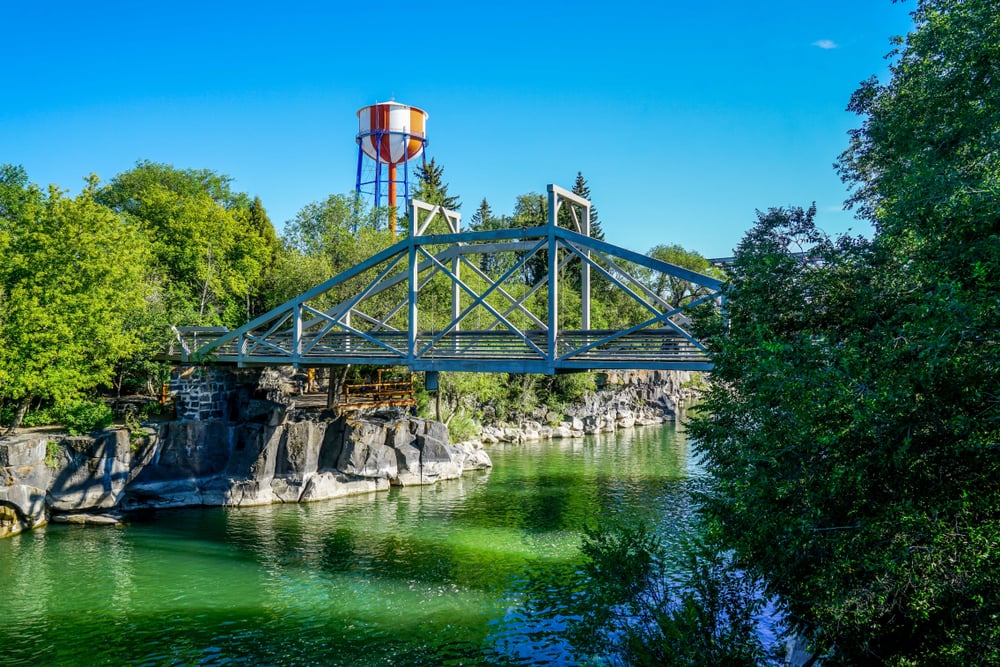
Population: 68,662
Crime Rate: Violent – 312 per 100,000; Property – 1,413 per 100,000
As eastern Idaho’s largest city, Idaho Falls serves as a regional economic hub with significant healthcare and technology sectors. The community experiences crime rates typical of larger cities, with property crimes substantially exceeding violent offenses. Economic inequality and drug-related activity drive much criminal behavior.
11. Chubbuck

Population: 16,422
Crime Rate: Violent – 317 per 100,000; Property – 3,106 per 100,000
Adjacent to Pocatello in southeastern Idaho, Chubbuck posts extremely high property crime rates that dwarf violent offenses. Theft, burglary, and vehicle crimes plague this suburban community, while violent incidents occur less frequently. The town’s location along major transportation corridors contributes to criminal activity.
10. Pocatello

Population: 58,390
Crime Rate: Violent – 360 per 100,000; Property – 1,403 per 100,000
Home to Idaho State University, Pocatello combines college town dynamics with industrial and transportation functions. The city experiences significant violent and property crime, with assault and theft representing the most common offenses. Economic challenges and substance abuse issues contribute to ongoing criminal activity.
9. Blackfoot
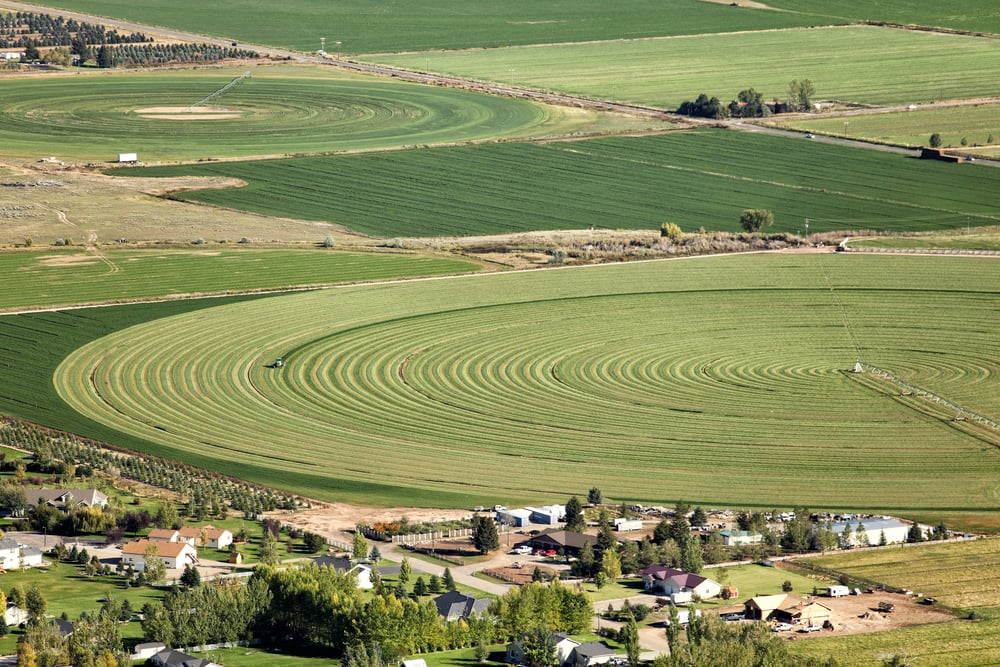
Population: 12,880
Crime Rate: Violent – 373 per 100,000; Property – 994 per 100,000
Known as the “Potato Capital of the World,” Blackfoot serves as a major agricultural processing center in southeastern Idaho. The community faces elevated crime rates across all categories, with assault and theft occurring frequently. Economic instability in agriculture and limited social services affect community safety.
8. Twin Falls
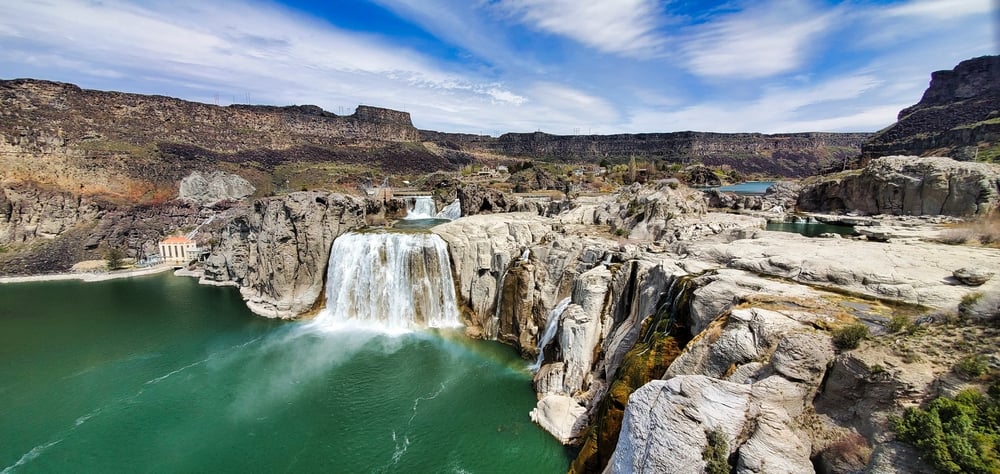
Population: 55,447
Crime Rate: Violent – 393 per 100,000; Property – 1,546 per 100,000
Twin Falls operates as the largest city in south-central Idaho’s Magic Valley region. The community experiences urban-level crime despite its mid-size status, with property crimes significantly exceeding violent offenses. Economic pressures and drug-related activity drive much of the criminal behavior.
7. Caldwell
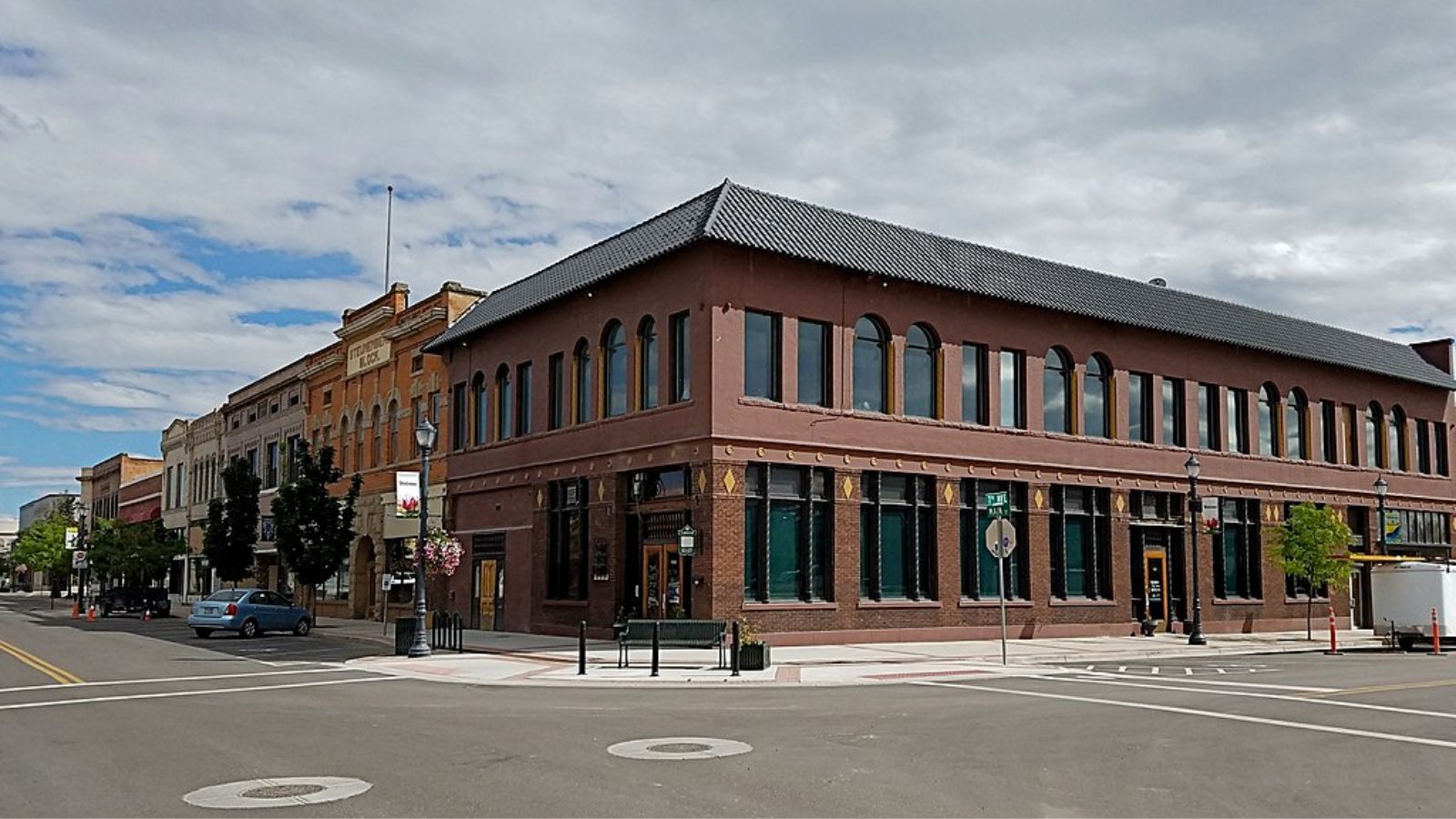
Population: 68,731
Crime Rate: Violent – 400 per 100,000; Property – 757 per 100,000
Located in Canyon County near Boise, Caldwell balances agricultural heritage with suburban growth. The city’s violent crime rate approaches 400 per 100,000 residents, with assault representing the most common offense. Gang activity and drug trafficking contribute to elevated violence levels.
6. Payette
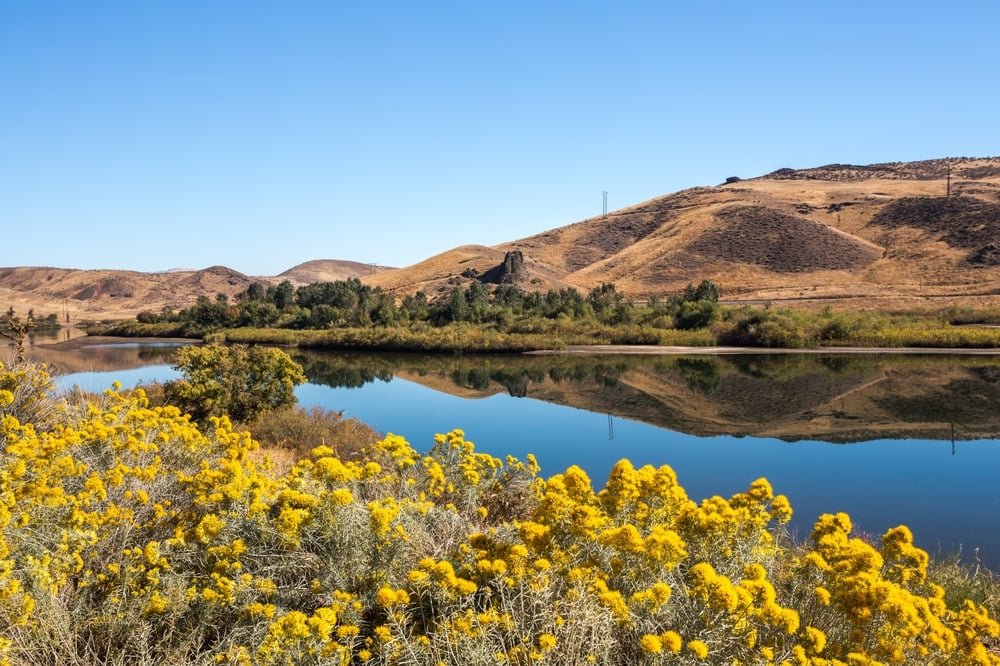
Population: 8,785
Crime Rate: Violent – 444 per 100,000; Property – 785 per 100,000
Situated along the Snake River near the Oregon border, Payette struggles with crime rates that exceed much larger communities. Violent incidents occur frequently relative to the town’s small size, with domestic violence and assault contributing significantly. Economic decline and substance abuse exacerbate criminal activity.
5. Emmett

Population: 8,427
Crime Rate: Violent – 451 per 100,000; Property – 593 per 100,000
Emmett serves as the county seat for Gem County in southwestern Idaho’s agricultural region. The town experiences violent crime rates well above state and national averages, with assault and domestic violence representing significant concerns. Limited economic opportunities and social challenges contribute to ongoing problems.
4. Kellogg
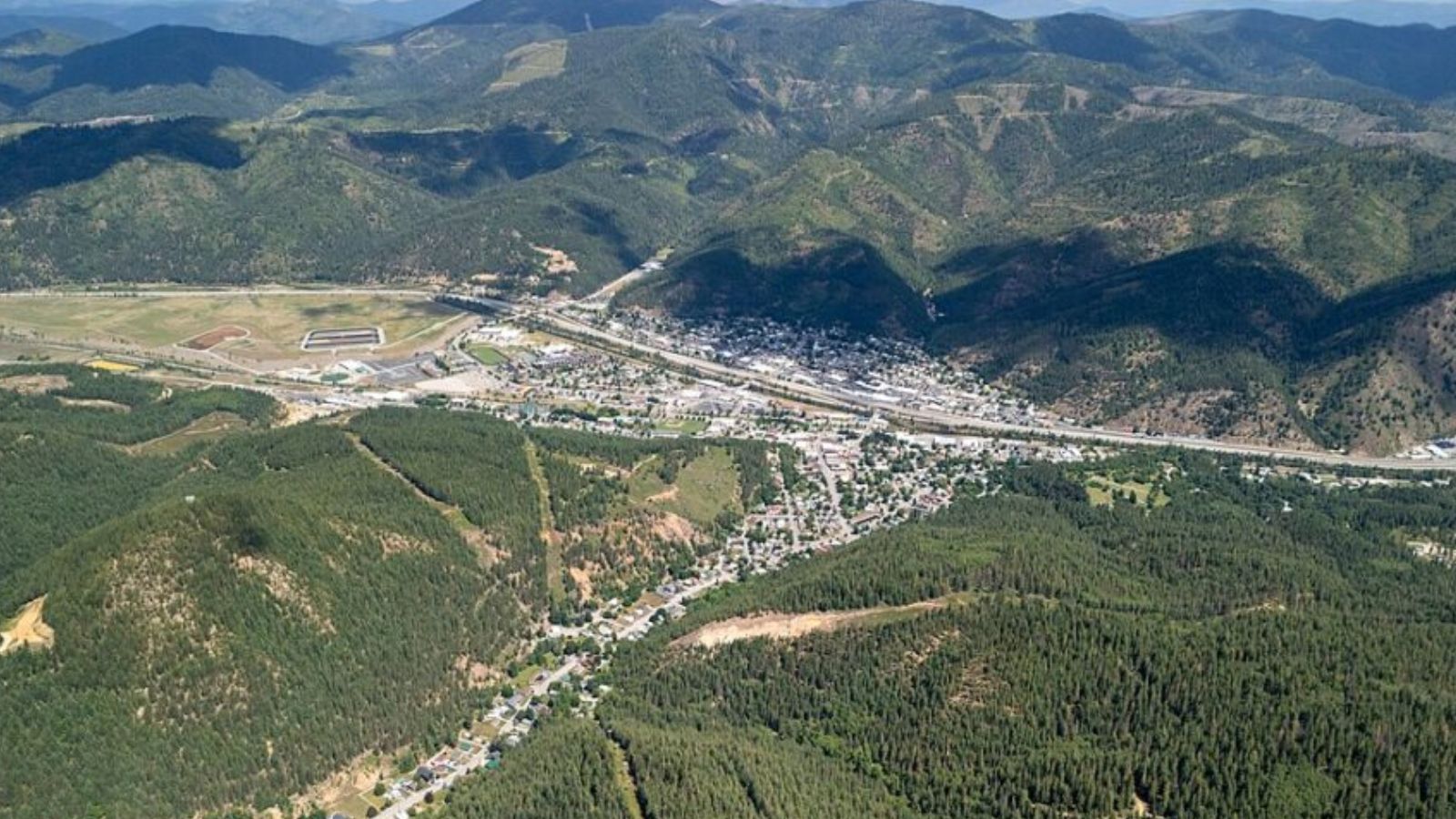
Population: 2,524
Crime Rate: Violent – 475 per 100,000; Property – 713 per 100,000
This former mining town in northern Idaho’s Silver Valley struggles with economic transition and elevated crime rates. Kellogg’s violent crime rate approaches 500 per 100,000 residents despite its tiny population, with assault and domestic violence occurring frequently. The community’s mining heritage masks current safety challenges.
3. Rupert
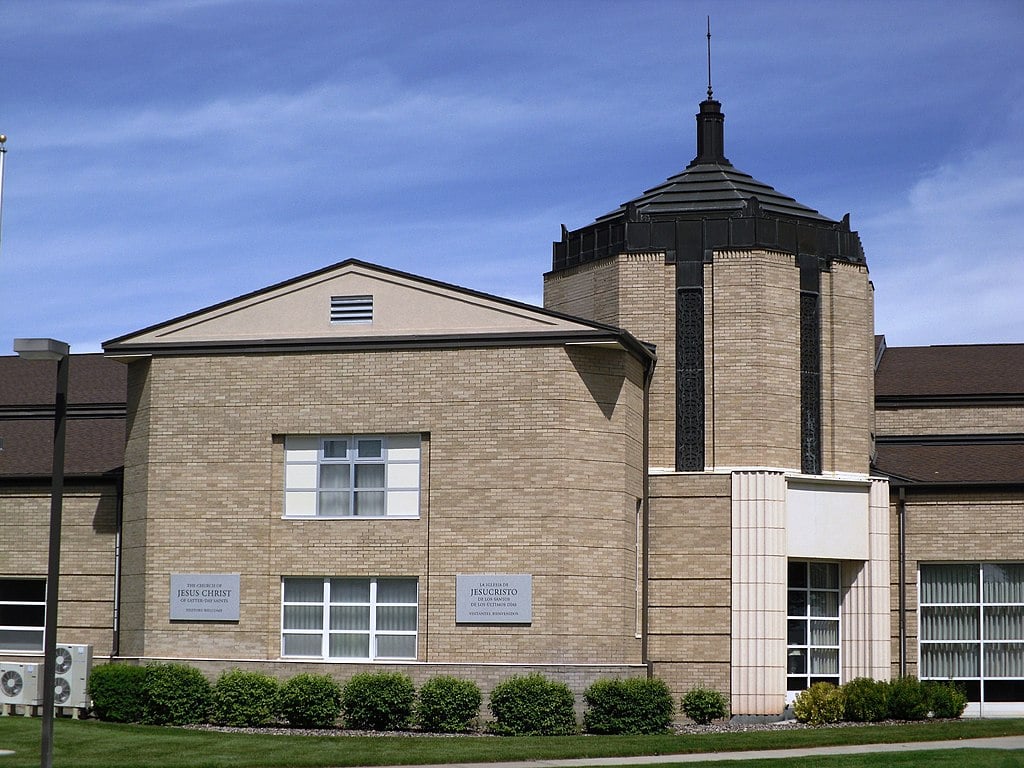
Population: 6,306
Crime Rate: Violent – 507 per 100,000; Property – 745 per 100,000
Rupert anchors south-central Idaho’s agricultural economy but faces significant crime challenges despite its small size. The town’s violent crime rate exceeds 500 per 100,000 residents, with assault and domestic violence contributing heavily to statistics. Economic stress and limited resources affect community stability.
2. Parma
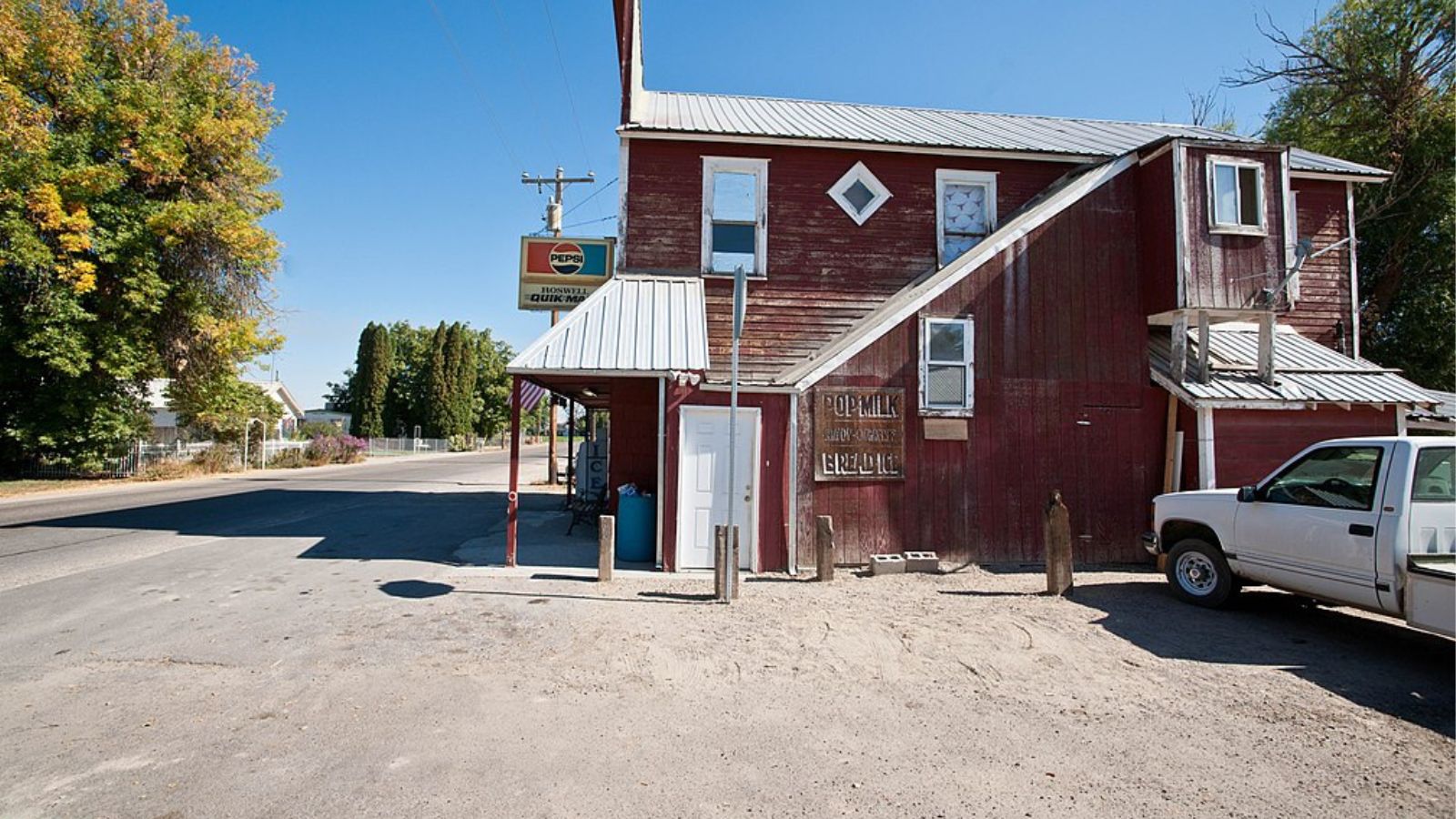
Population: 2,142
Crime Rate: Violent – 607 per 100,000; Property – 467 per 100,000
This tiny agricultural community in Canyon County posts shocking violent crime rates that exceed most major cities. With just over 2,000 residents, Parma experiences violent incidents at rates that place residents at significant risk. Limited law enforcement resources and social services struggle to address underlying problems.
1. Garden City
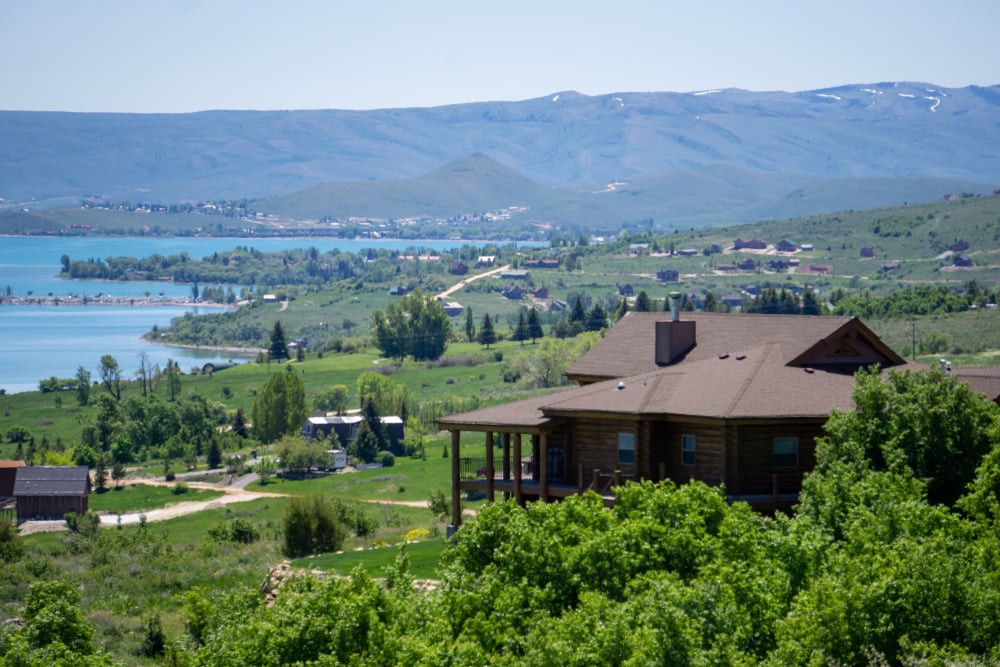
Population: 13,258
Crime Rate: Violent – 664 per 100,000; Property – 1,637 per 100,000
Garden City tops Idaho’s most dangerous small towns with violent crime rates approaching major metropolitan levels. Located adjacent to Boise, this community experiences frequent violent incidents including assault, robbery, and domestic violence. High property crime compounds safety concerns, with theft and burglary occurring regularly throughout the city.
References
- BeautifyData — Idaho cities (2023 FBI UCR directory)
- BeautifyData city pages (FBI UCR 2023): Buhl, Salmon, Weiser, American Falls, Bellevue, Wendell, Middleton, Gooding, Heyburn, Jerome, McCall, Mountain Home, Coeur d’Alene, Idaho Falls, Chubbuck, Pocatello, Blackfoot, Twin Falls, Caldwell, Payette, Emmett, Kellogg, Rupert, Parma, Garden City
- Idaho State Police — Crime in Idaho 2023 (official state report)
- USAFacts — Idaho violent crime overview (2023)
- NeighborhoodScout (cross-checks): Garden City
- AreaVibes (cross-checks): Garden City, Caldwell, Twin Falls, Pocatello
- Macrotrends — Idaho violent crime trend (historic context)




